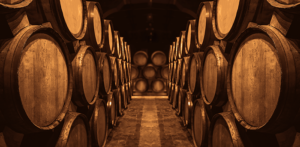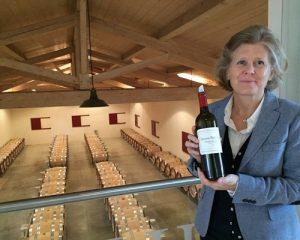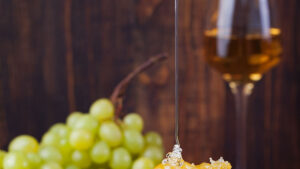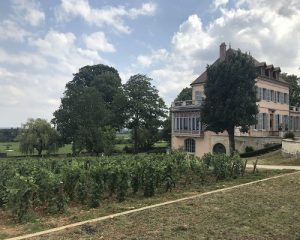
The final instalment of our vinification glossary explains the methods used during the élevage process.
First things first, what on earth is élevage? Elevage is the French term used to describe the progression of wine between fermentation and bottling. It can also be referred to as “raising” or “maturation”. Within élevage there are numerous methods and techniques that winemakers may choose (or not choose) to do.
You’ll see that we’ve also provided the French translation of these terms in parentheses as the French terminology is often used in English (such as élevage). After all, it is the language of wine!
Stirring of the lees (bâtonnage)
This term refers to the process of stirring the settled lees back into the wine. Lees are the sediment left over from the winemaking process such as dead yeast and grape solids. Winemakers might use a special tool such a long steel rod to incorporate the sediment into the wine. Introduced by the Burgundians, this practice is mostly used in the production of white wines matured in oak barrels in order to protect them from oxidation and reduction. Lees stirring helps the wine take on some of the flavours and textures of the lees and can bring balance to the wine. However, the winemaker must know when to stop: too much lees stirring can result in the wine losing its freshness. Like everything in wine it’s a bit of a balancing act which is why producers who have mastered this art are held in such high esteem by wine nerds like us.
Topping up (ouillage)
This practice is only relevant if the wine is matured in oak barrels and consists of systematically adding more wine to fill the ullage that is created by wine being absorbed into the wood or evaporating. By topping up the barrel the winemaker also limits the risk of oxidation. At this stage, an uncontrolled oxidation can lead to the ethanol transforming into acetic acid, a highly undesirable outcome!
Racking (soutirage)
Racking is the process of transferring the wine from one receptical to another so as to separate the undesirable solids that settle at the bottom of the vat, a practice that, as you will recall from Part 2 of this guide, follows débourbage. It helps aerate and clarify the wine.
Blending (assemblage)
Once again, blending is an operation that calls on the expertise and savoir faire of a winemaker. They must know the different characteristics of the grape varieties they cultivate in order to create a harmonious, balanced and complex wine.
Fining (collage)
Fining is a form of clarification that is carried out by adding agents that help remove impurities. It prepares wine for the next stage (filtration) by making the wine clear and stable. The most common agents used are isinglass (fish bladder), gelatine and egg whites. Some wineries choose to use natural products in order to ensure that their wine remains vegetarian or vegan such as vegetable proteins (wheat, peas and potatoes).
Filtration
Filtration works by allowing the wine to pass through a filter in order to remove any remaining impurities. This is the final stage before the bottling process. Note that some winemakers choose to skip this step entirely.
See all wines currently on sale



